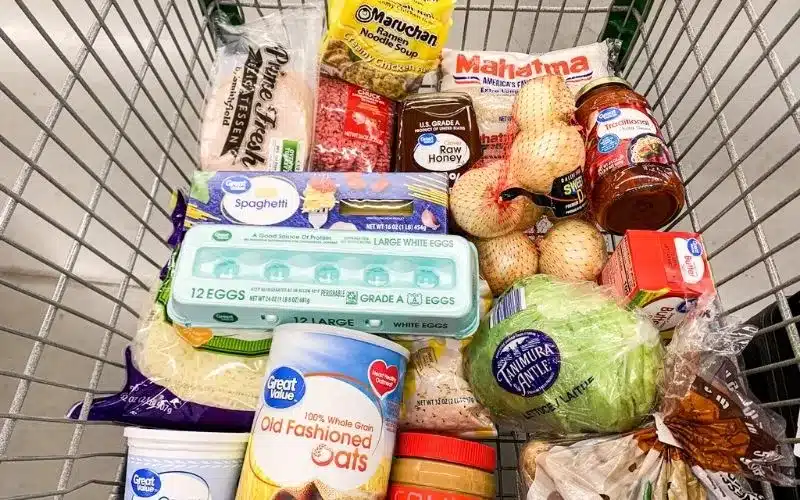
As we reflect on the state of global affairs, particularly in the realm of food security and commodity prices, there’s an undeniable sense of concern that permeates through the recent developments. In 2023, we witnessed a significant decline in the prices of food commodities like grains and vegetable oils from the staggering highs of 2022. This change, as reported by the UN Food and Agriculture Organization (FAO), brings both a sigh of relief and a moment of contemplation.
While the FAO’s Food Price Index indicates a 13.7% decrease from the 2022 average, it’s crucial to recognize the underlying complexities and ongoing challenges. The decline in prices, though seemingly a positive turn, masks the persistent struggles faced by millions globally. The fact that over 333 million people experienced acute food insecurity last year is a stark reminder of the fragility of our global food systems.
The reasons behind these shifts are as diverse as they are troubling. Climate change, manifesting in droughts, floods, and the El Niño phenomenon, continues to wreak havoc on agricultural productivity. Geopolitical conflicts, such as the war in Ukraine, and trade restrictions further exacerbate these challenges. It’s particularly disheartening to note that while staple food prices have decreased, the benefits are not uniformly reaching those in need. Families, especially in developing countries, continue to grapple with high food costs, a situation that’s both unfair and unsustainable.
The situation with rice and sugar prices is especially alarming. The impacts of climate change in major producing regions of Asia and trade restrictions have led to price hikes, disproportionately affecting the poorest. It’s distressing to think of families in countries like Senegal and Kenya, who are facing the brunt of these price surges.
Moreover, this scenario highlights a broader issue of inequality and access. The fluctuations in the food market are not just numbers on a chart; they represent meals on a table, or the lack thereof, for millions. It’s a reminder of our interconnectedness and the ripple effects that decisions and events in one part of the world can have on another.
As we look ahead, there’s an urgent need for a collective and strategic approach to tackle these challenges. It involves addressing climate change, resolving conflicts, and ensuring fair trade practices. But more importantly, it requires empathy and a commitment to not just understanding but acting on the reality that our actions and policies have real-world implications for people’s lives.
This reflection on the state of global food commodity prices is not just an economic analysis; it’s a call to action and a plea for a more equitable and sustainable future. It’s about recognizing that behind every statistic, there’s a human story, and it’s our collective responsibility to ensure that these stories don’t end in despair.



 and then
and then